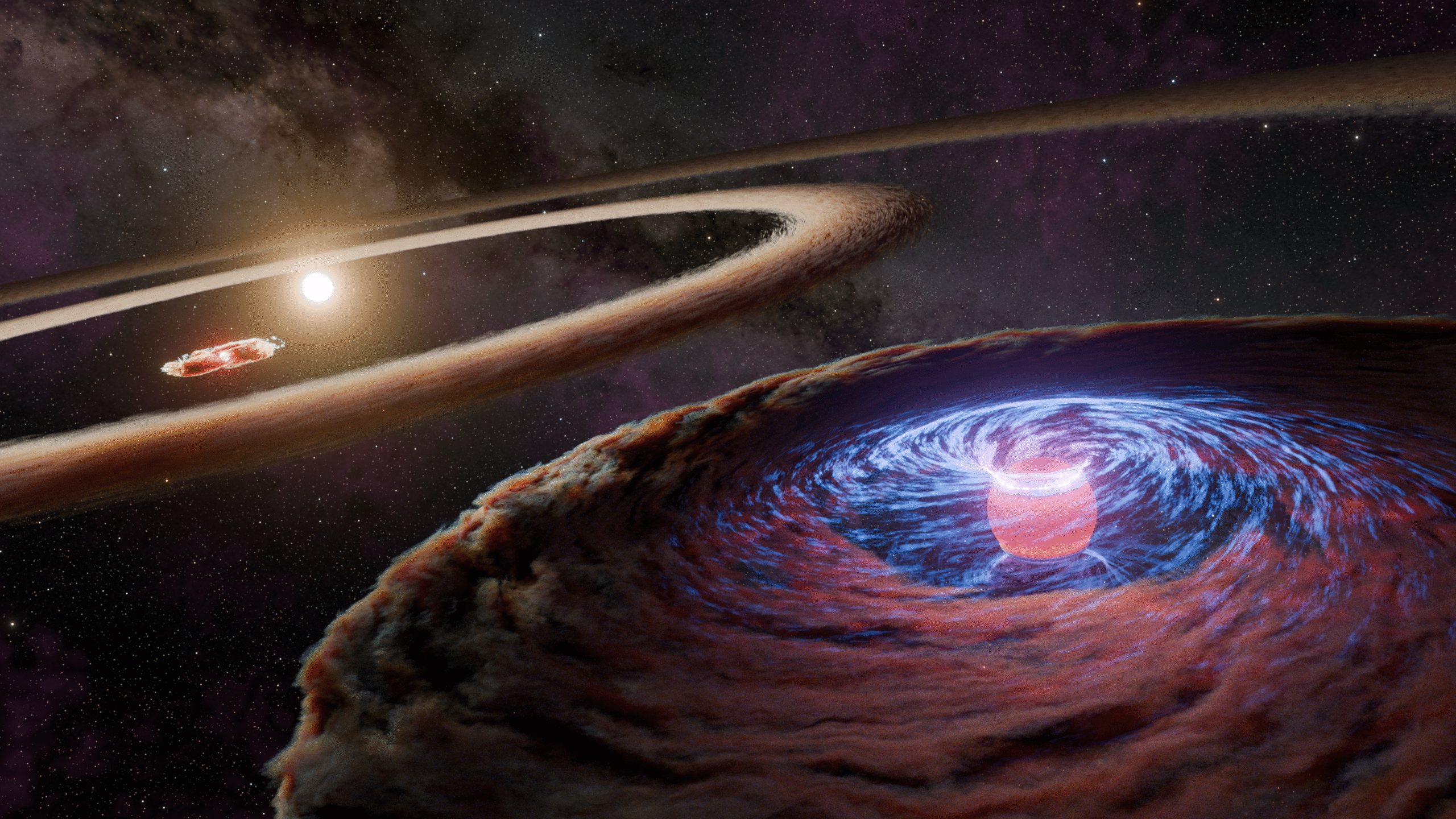FUTURE OF BUILDING STARSHIP

In addition to continued infrastructure development at Starbase, Texas, where SpaceX is headquartered,
SpaceX is expanding its Starship operations in Florida, bringing Starship production and launch capabilities
to the Space Coast. As flight testing and development of Starship continues at Starbase in Texas, SpaceX is
building a new integration facility, called Gigabay, next to its HangarX location at NASA’s Kennedy Space
Center. Additionally, SpaceX plans to complete the Starship launch pad at Launch Complex 39A (LC-39A)
at Kennedy Space Center this year while the Environmental Impact Statements continue for potential
Starship flight operations from both LC-39A and Space Launch Complex 37 (SLC-37) at Cape Canaveral
Space Force Station (CCSFS).
Expansion of Starship production and launch operations in Florida will enable SpaceX to significantly
increase the build and flight rates for Starship, which will be the first rapidly and fully reusable launch
vehicle in history. Access to space is a critical and growing need for U.S. national security, leadership in
science, the country’s exploration goals, and for the growth of the economy. Starship will ultimately be
responsible for sending millions of tons of payload to Mars – building a self-sustaining city to make
humanity multiplanetary.
GIGABAY
The Gigabay in Florida will stand 380 feet tall and provide approximately 46.5 million cubic feet of interior
processing space with 815,000 square feet of workspace, including ground level, elevated platform work
areas, and a work and meeting space on the top floor. Gigabay will be able to support Starship and Super
Heavy vehicles up to 81 meters (266 feet) tall and will provide 24 work cells for integration and
refurbishment work, along with cranes capable of lifting up to 400 US tons. Compared to the Megabay
facilities in Starbase, currently SpaceX’s largest stacking and integration buildings, Gigabay provides more
than 11 times the square-footage for workspace, 19 additional work cells, and more than twice the crane
lifting capacity.
Site preparations for Gigabay in Florida have already begun, with construction targeted to be complete and
the facility operational by the end of 2026. At the same time, we are also building another Gigabay at
Starbase in Texas, next to our Starship Starfactory manufacturing facility. Work on this Gigabay has already
begun, and the facility is targeted for completion by the end of 2026.
As we work to complete the Gigabay in Florida, we are also designing and planning for a co-located
manufacturing facility, similar to the Starfactory in Texas, to enable production of Starships in Florida. To
enable initial Starship flights from Florida while our Space Coast Starship manufacturing, integration, and
refurbishment facilities are being completed, we will first transport completed Super Heavy boosters and
Starship upper stage ships from Starbase via barge to build up a Starship fleet in Florida. With production,
integration, refurbishment, and launch facilities in Florida as well as Texas, we will be in a position to
quickly ramp Starship’s launch rate via rapid reusability.
STARSHIP AT THE SPACE COAST
To support initial Starship launches from Florida, SpaceX is building a Starship launch and catch site at
LC-39A at Kennedy Space Center. This Starship pad at LC-39A will include learnings from Starship’s first
two pads in Starbase. In 2022, we stacked the launch tower at LC-39A. In the coming months, teams will
build and install the pad’s deflector system, which provides cooling and sound suppression water during
Starship launches and catches. This new deflector will be nearly identical to the one being installed to
support the second launch pad at Starbase. Pending completion of environmental reviews, SpaceX intends to
conduct Starship’s first Florida launch from LC-39A in late 2025.
To support the needed Starship flight rate to make humanity a multiplanetary civilization, which involves not
only the launch of cargo and people but also the propellant tankers to enable on-orbit refueling, SpaceX is
also interested in enabling Starship launches from SLC-37 at CCSFS. SpaceX has been given a limited Right
of Entry for SLC-37 in support of conducting further due diligence of the site in order to move forward with
the Environmental Impact Study (EIS), led by the Department of the Air Force, for Starship and Super Heavy
Operations at CCSFS. SLC-37 was built in the late 1950s and early 1960s. NASA used the pad from 1964 to
1968 for testing of the Saturn I and Saturn IB rockets as part of the Apollo program. From 2002 to 2024, the
pad was used for the Delta IV rocket.







